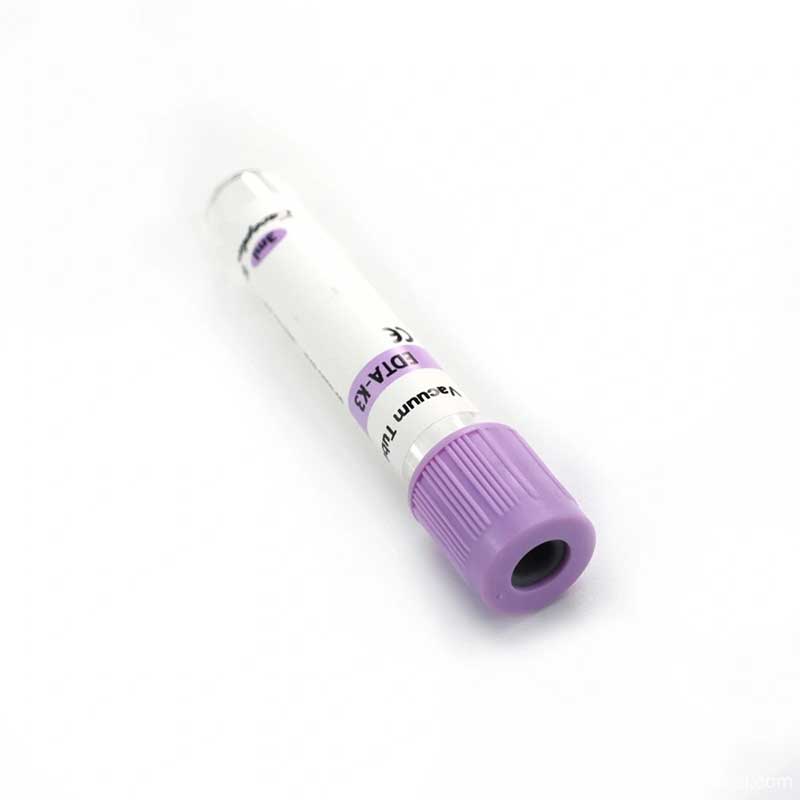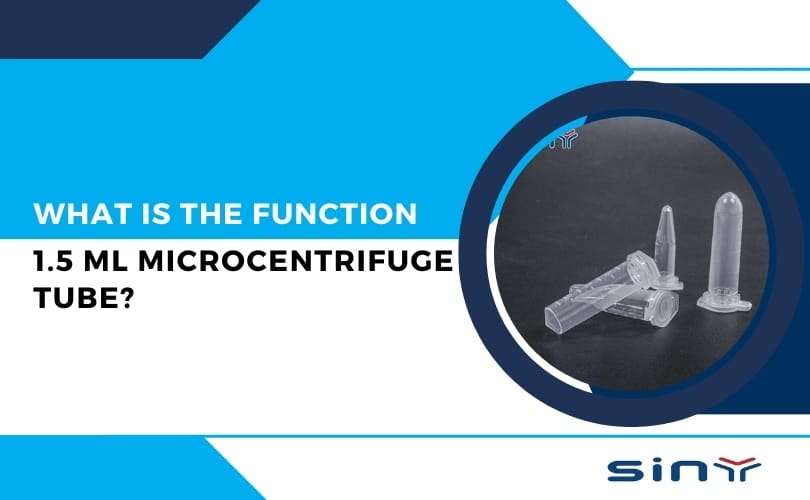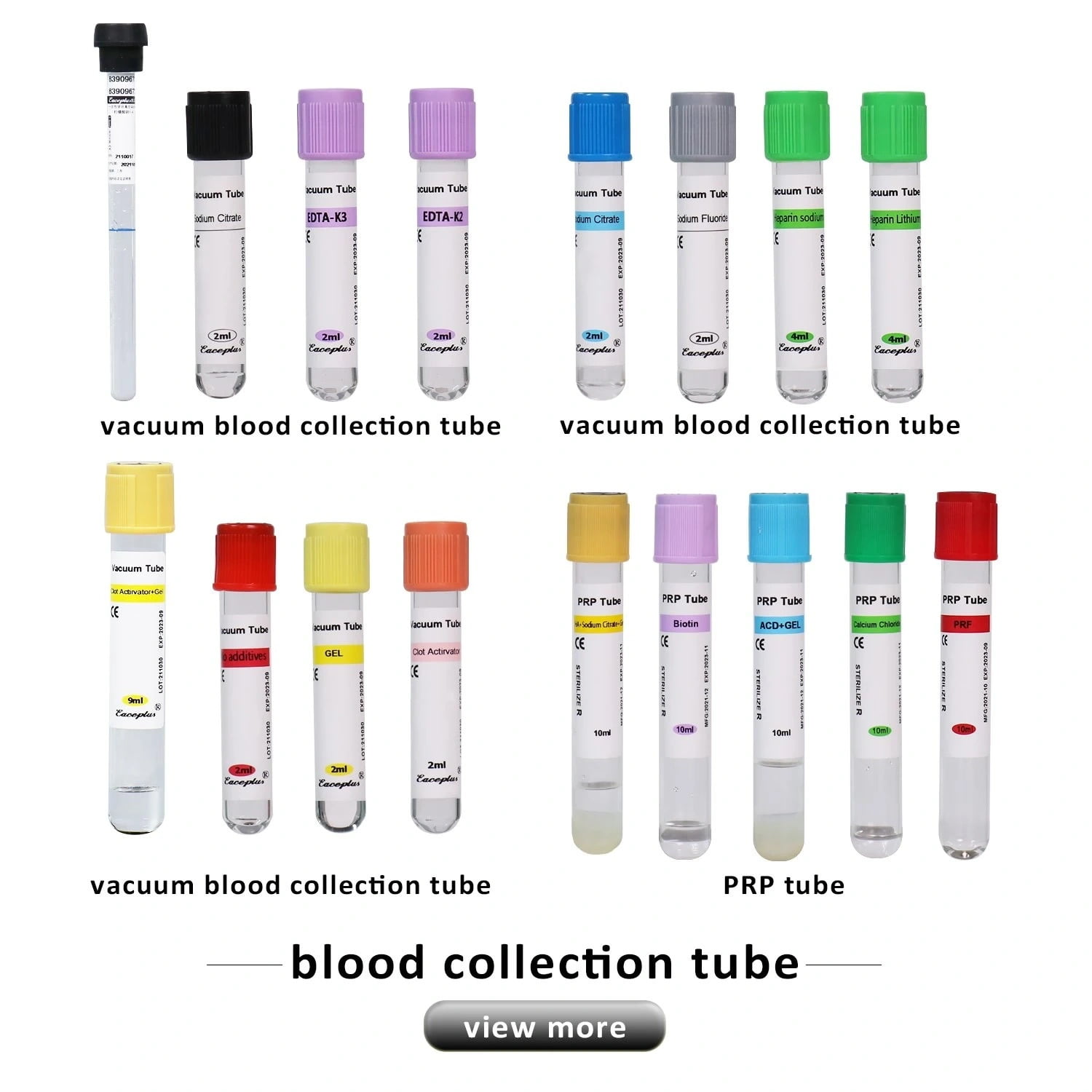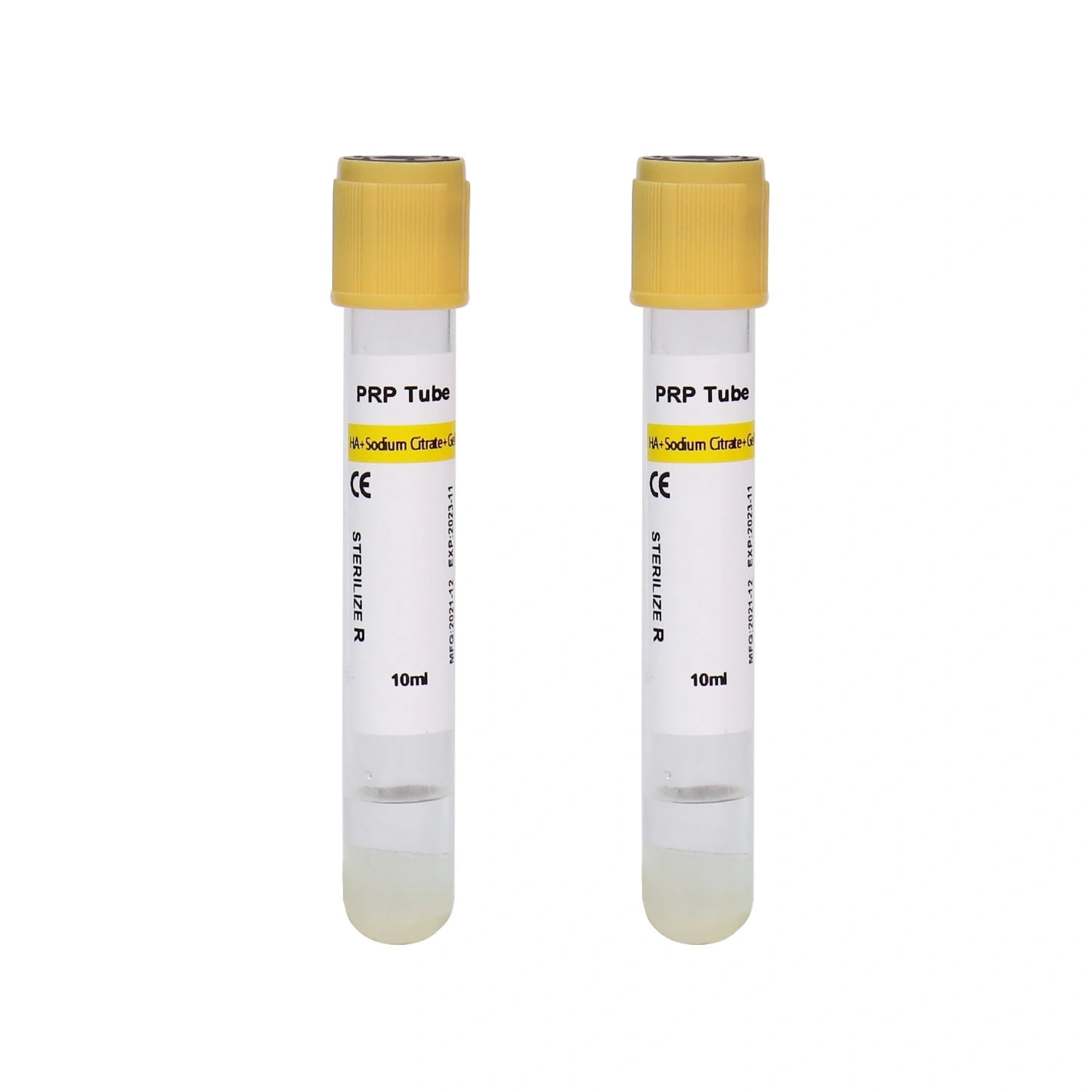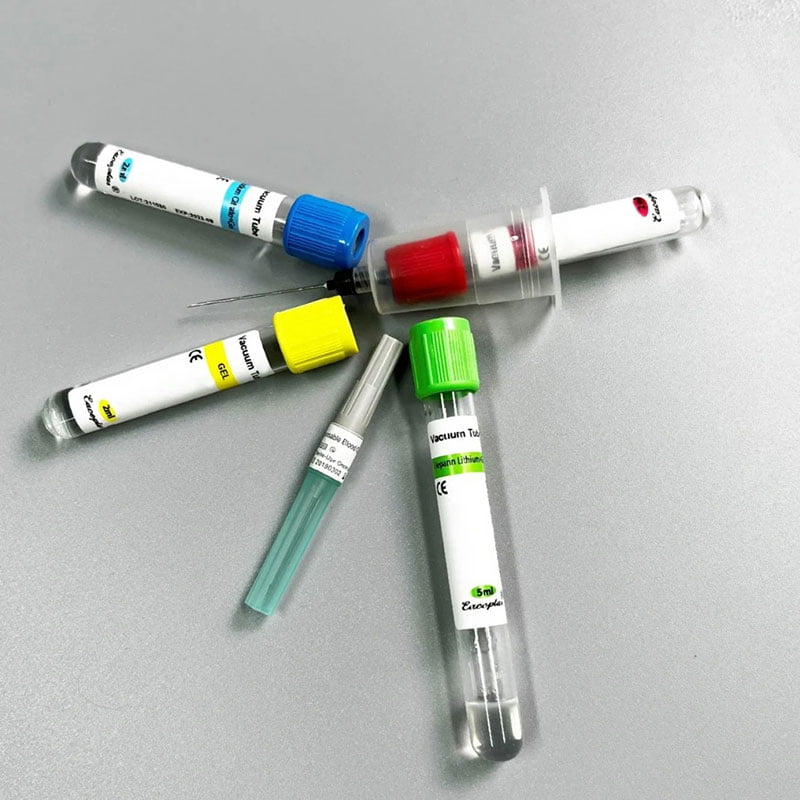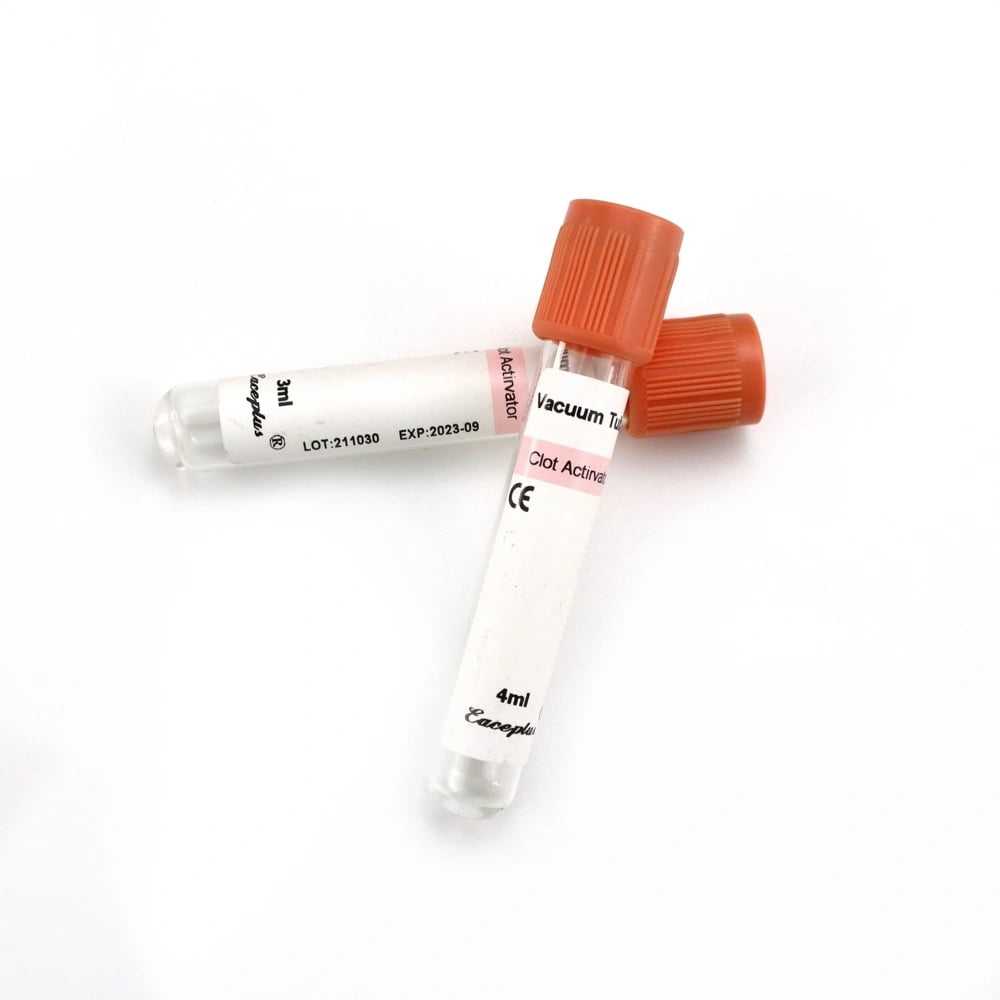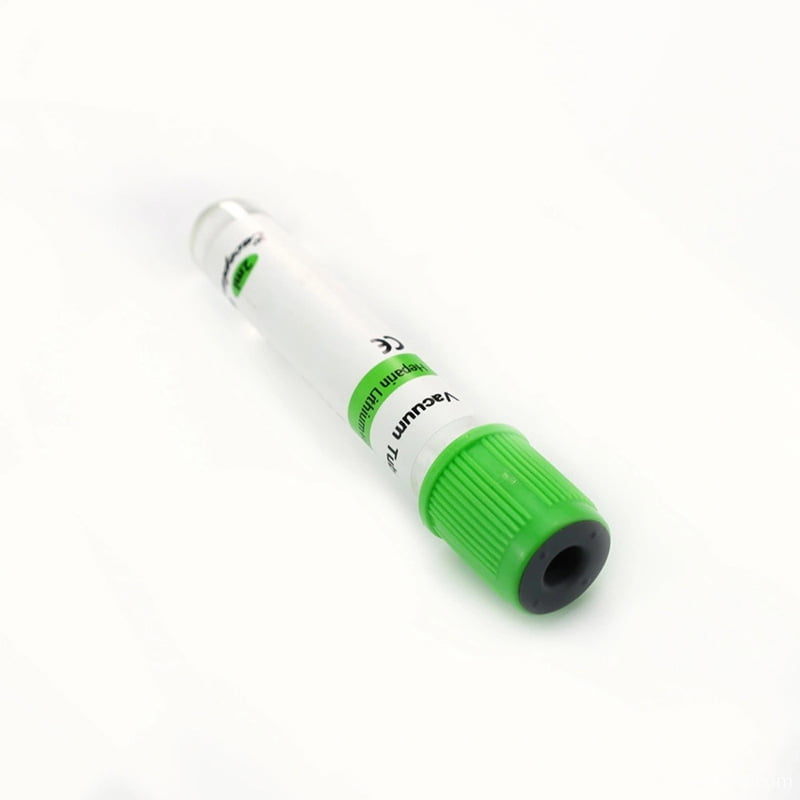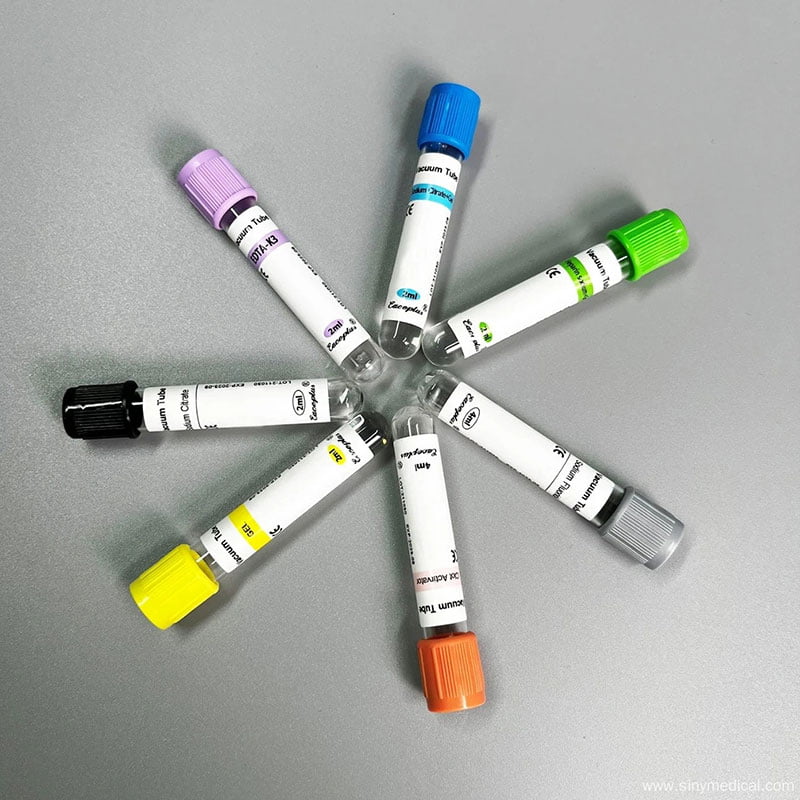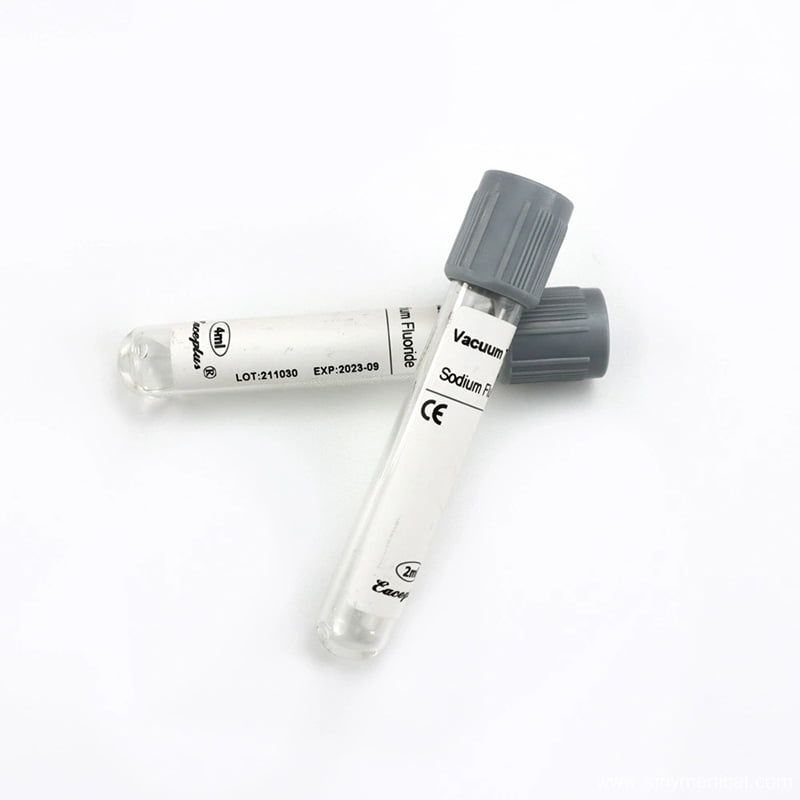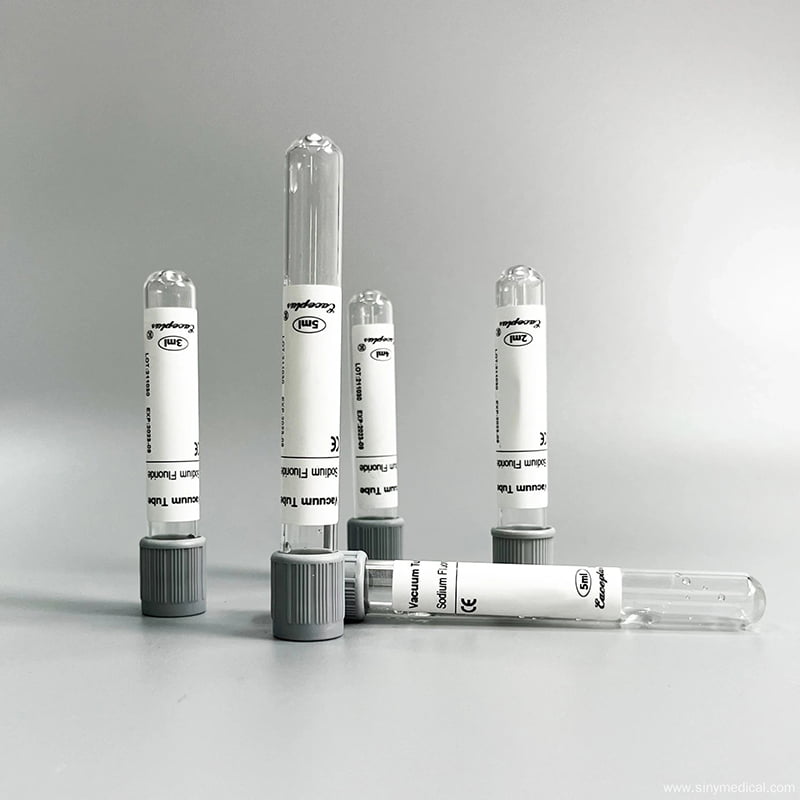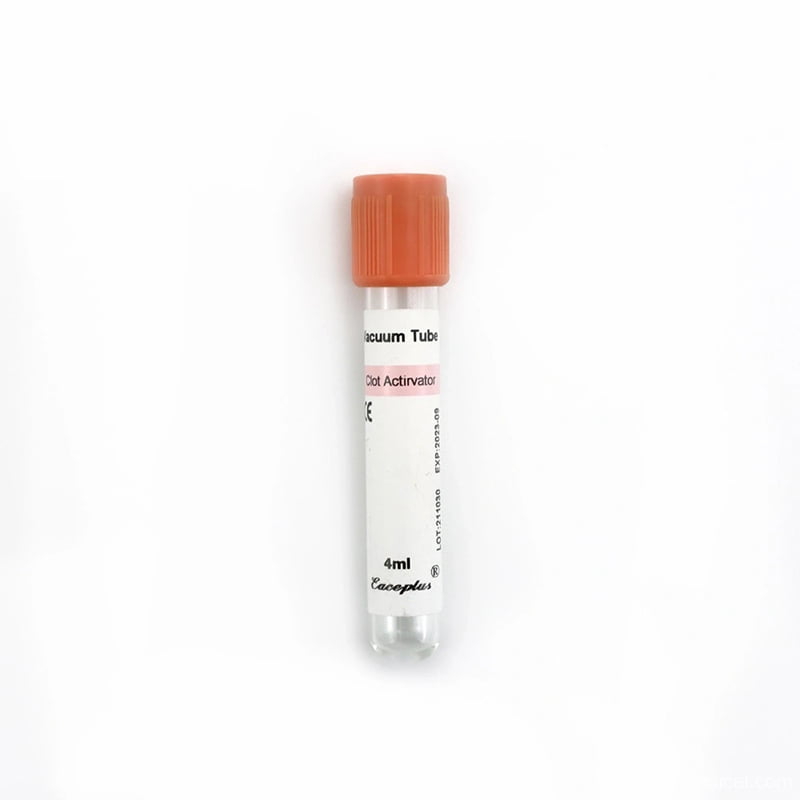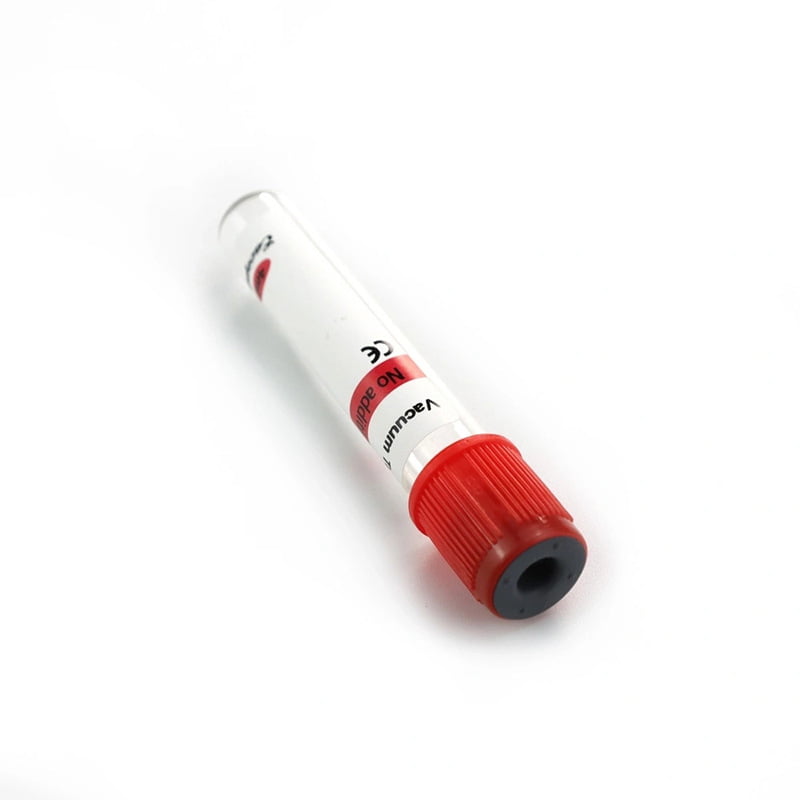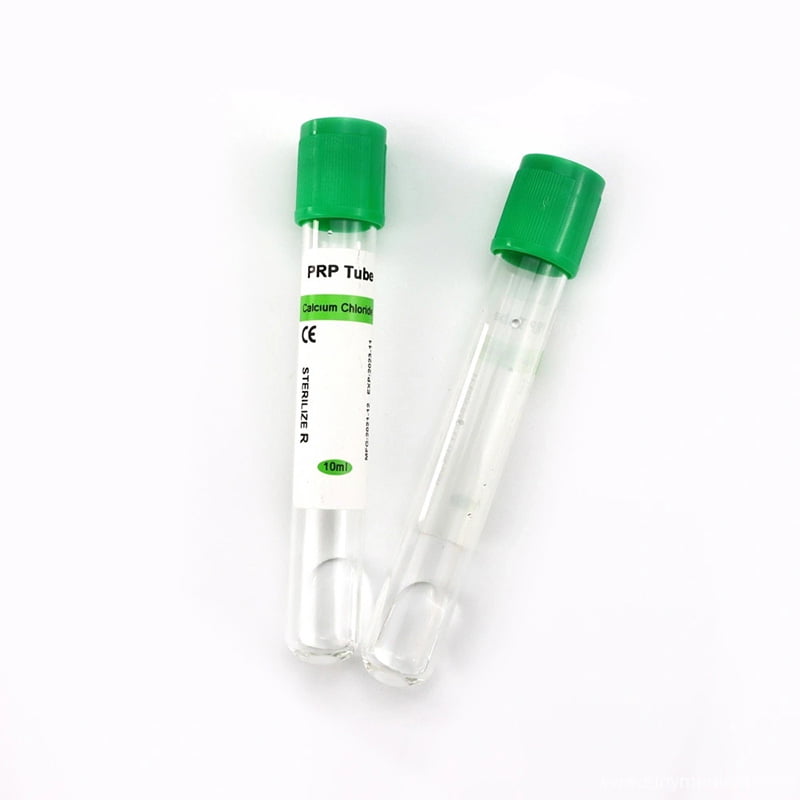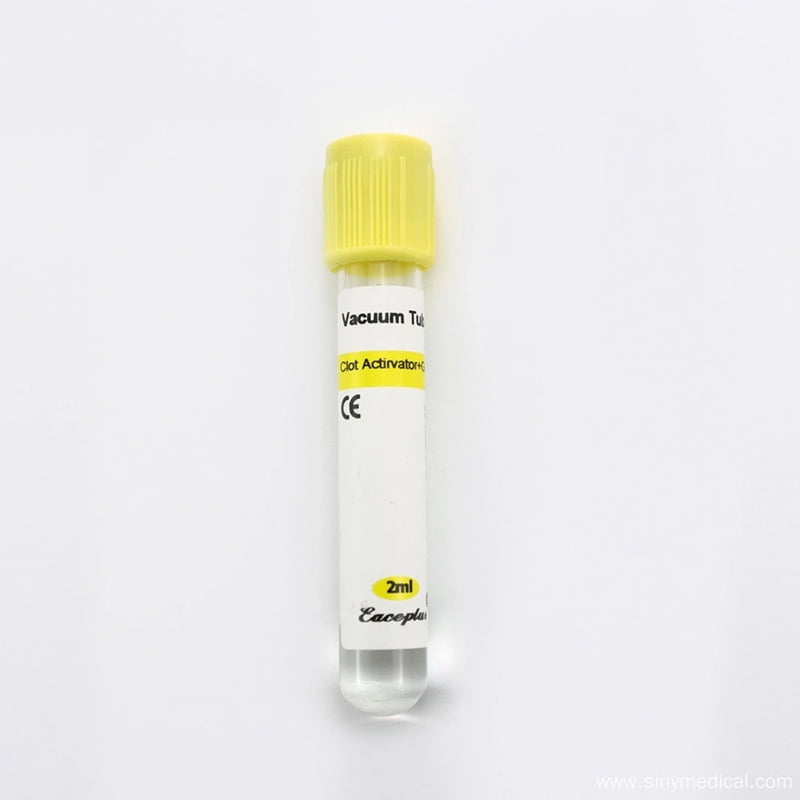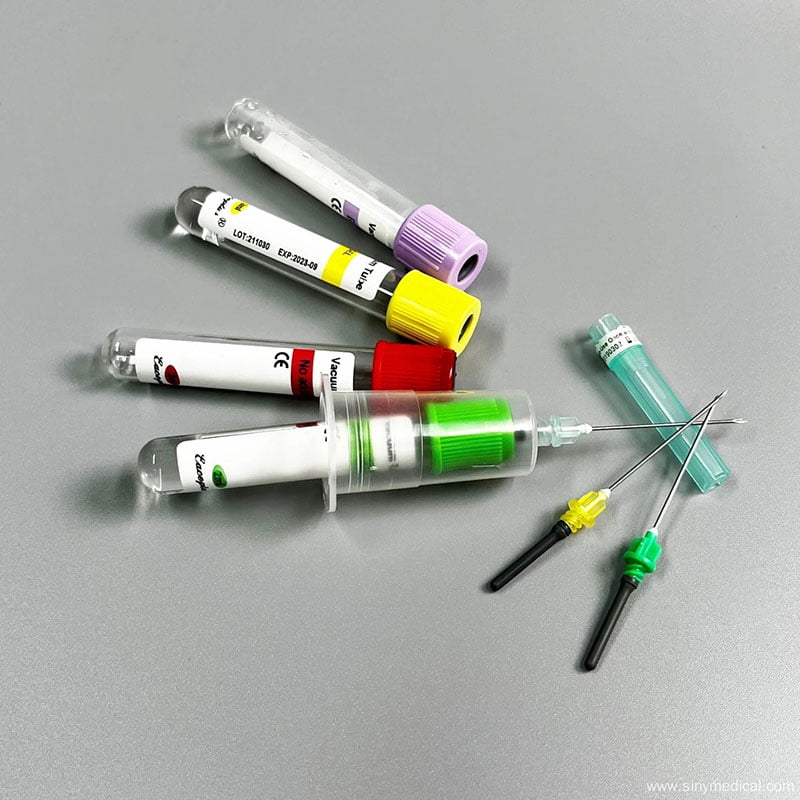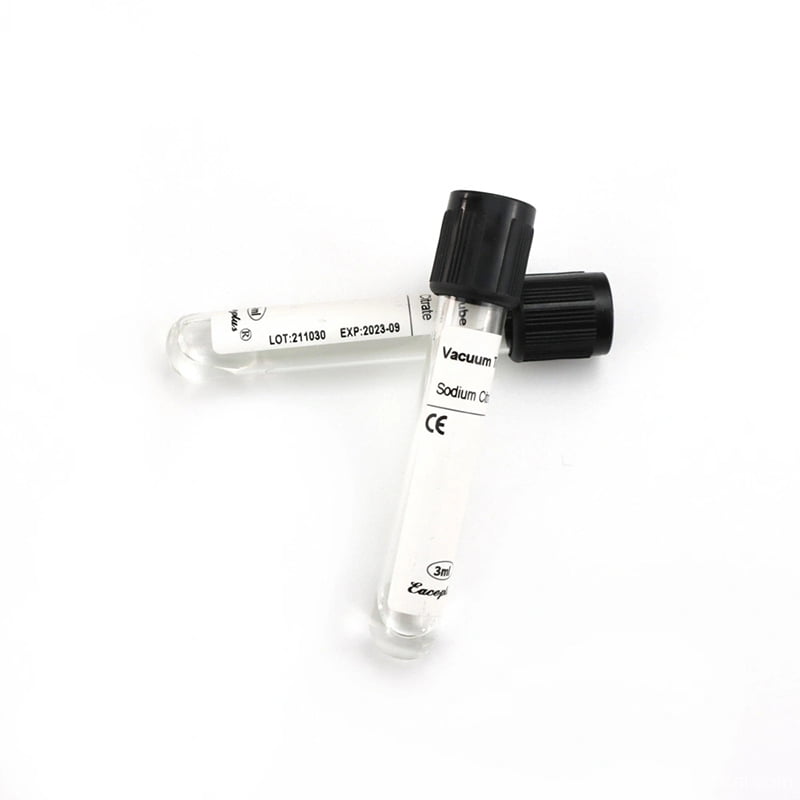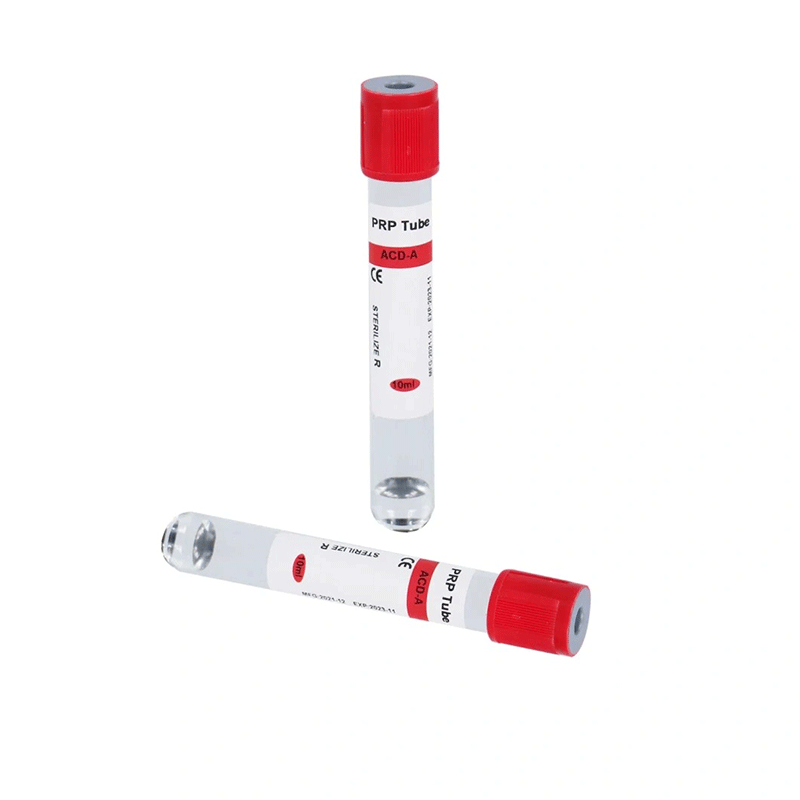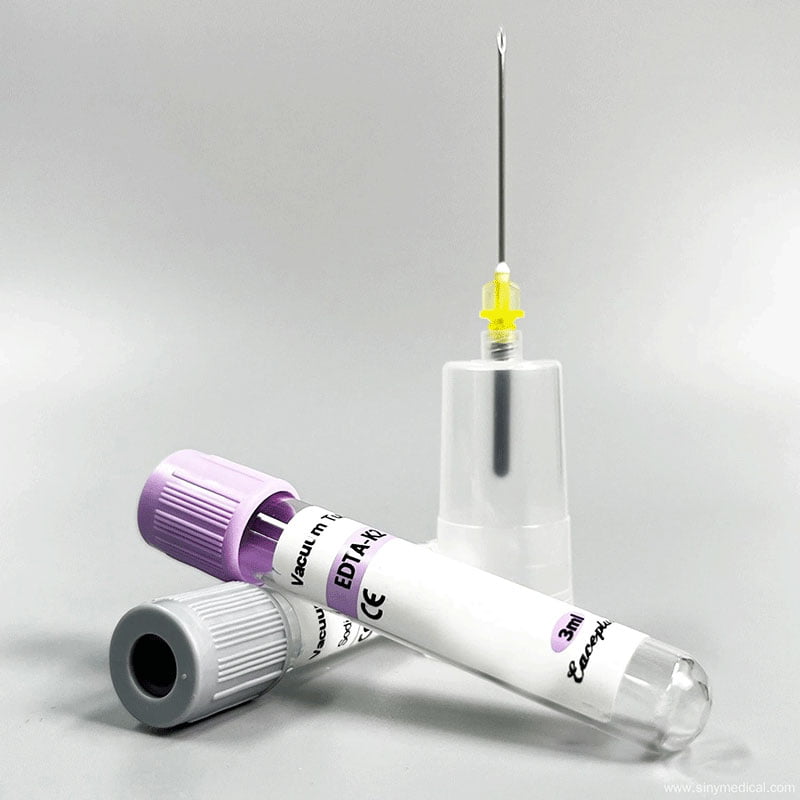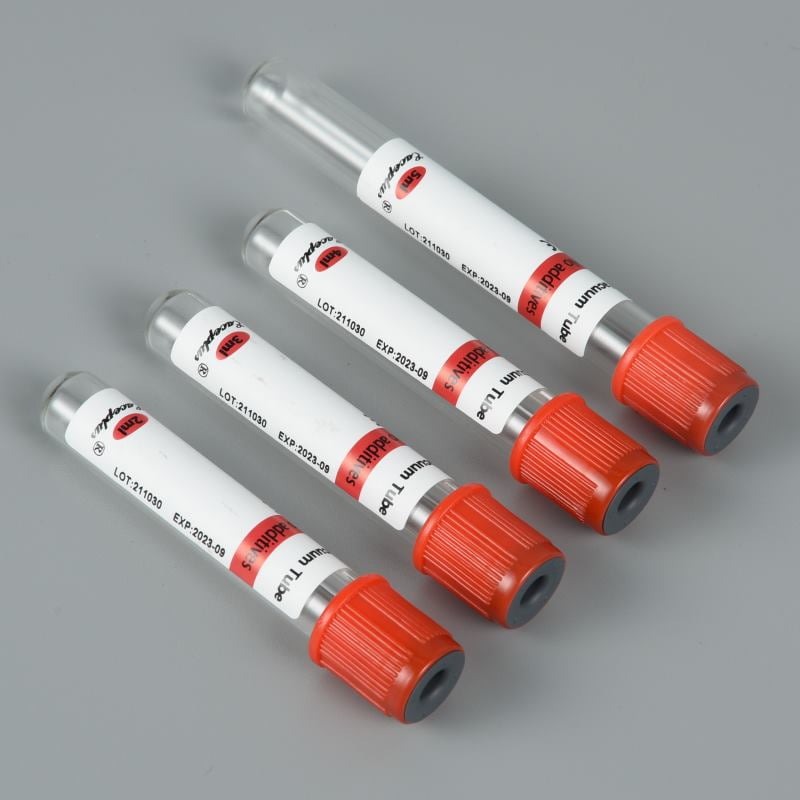PCR tube, or polymerase chain reaction tube, is a consumable widely used in molecular biology experiments.
It is mainly used for PCR reactions to provide a stable and closed reaction environment for the amplification of DNA or RNA. During the PCR process, the sample is mixed with various reagents in the PCR tube, and then a specific temperature cycle is performed to achieve exponential amplification of nucleic acids.
PCR tubes are usually made of polypropylene (PP). This material has good chemical stability, high-temperature resistance and transparency. It can withstand different temperature stages, such as high-temperature denaturation, low-temperature annealing and medium-temperature extension in the PCR process, without deformation or release of harmful substances. At the same time, the transparent material makes it easy to observe the state of the reaction system.
Table of Contents
How to choose a suitable PCR tube?
The following aspects can be Price
Consider the price factor on the premise of meeting the experimental requirements. Compare the prices of different brands and suppliers and choose PCR tubes with high-cost performance.

However, don’t choose products with unreliable quality just because of the low price, so as not to affect the experimental results.considered when choosing a suitable PCR tube:
Material
High-quality PCR tubes are usually made of polypropylene (PP). This material has good chemical stability, can withstand high and low-temperature changes in the PCR process and the effects of various reagents, and is not easy to deform or release harmful substances.
Choose a material with high transparency to facilitate observation of the state of the reaction system, such as whether there is precipitation, bubbles, etc.
Specifications
Determine the volume of the PCR tube according to the experimental requirements. Common ones are 0.2mL, 0.5mL, etc. If the sample size is small, you can choose a 0.2 mL PCR tube to reduce the waste of reagents; if you need to conduct a large-scale reaction or add more reagents and samples, you can select a 0.5 mL PCR tube.
Consider whether to choose a single tube or a linked tube. Single tubes are flexible and suitable for processing a single sample; linked tubes, such as 8-tube strips, 12-tube strips, etc., are convenient for processing multiple samples simultaneously and improve experimental efficiency.
Sealing
Good sealing is one of the critical characteristics of siny PCR tubes. Ensure the tube cap closes tightly to prevent evaporation and leakage of the reaction system during high- and low-temperature changes.. You can check whether the tube cap design is reasonable and whether there is a reliable sealing mechanism.
Some PCR tube caps have unique sealing rings or gaskets that can provide better sealing effects.
RNase/DNase and pyrogen-free
Choose RNase/DNase-free PCR tubes for RNA or DNA manipulation experiments to prevent contamination of nucleic acid samples and ensure accurate experimental results.
Make sure PCR tubes are pyrogen-free, especially when conducting biomedical-related experiments, as pyrogens may cause adverse reactions.
Brand and quality
Sinymedical is a medical exporter and manufacturer with 20 years of experience. It has strict quality control in the production process, making the product quality more reliable.
Price
Consider the price factor on the premise of meeting the experimental requirements. Compare the prices of different brands and suppliers and choose PCR tubes with high-cost performance.
However, don’t choose products with unreliable quality just because of the low price, so as not to affect the experimental results.
What is the use of PCR tubes?
Preparation
Choose the appropriate PCR tube specifications: Determine the volume of the required PCR tube according to the experimental needs, such as 0.2mL or 0.5mL, etc. At the same time, consider whether to use a single tube or a tube strip (such as 8-tube strips, 12-tube strips, etc.).
Check the integrity of the PCR tube: Check whether the PCR tube is damaged or deformed, and ensure that the tube cap can be tightly closed.
Add the reaction system
Prepare the required reagents and samples according to the experimental plan, including DNA template, primers, dNTPs, polymerase, buffer, etc.
In an ultra-clean workbench or sterile environment, use a pipette to sequence various reagents to the PCR tube. Be careful to avoid bubbles to avoid affecting the reaction effect.
Record sample information: You can use a marker to mark the sample number, experimental data, reaction conditions, and other details on the PCR tube.
Close the tube cap
Ensure that the liquid in the PCR tube does not splash or evaporate, and gently cover the tube cap to close it tightly.
Check whether the caps of each tube in the strip are tightly closed to avoid leakage in subsequent operations.
Perform PCR reaction
Place the PCR tube containing the reaction system into the PCR instrument and perform temperature cycling according to the set program.
Pay attention to the temperature setting of the PCR instrument’s hot cover to prevent the liquid in the PCR tube from evaporating at high temperatures.
Post-reaction processing
Take out the PCR tube and check the reaction results. The amplification product can be detected by gel electrophoresis and other methods.
Handle the PCR tubes according to laboratory regulations. Sterilize any samples containing infectious substances using high-pressure sterilization and other harmless treatments.
The standardization operation’s standardization and sterility in using PCR tubes ensure the experimental results’ accuracy and reliability.
Applications of PCR Tubes in Scientific Research
The PCR tube is not just a piece of plastic; it is a vessel that allows researchers to make significant advancements in areas like medical diagnostics, genetic research, and forensic science. PCR has revolutionized these fields by enabling the amplification of DNA in tiny amounts, often making it possible to study minute samples of genetic material. PCR tubes hold the reaction mixtures needed for:
- DNA Cloning: Inserting DNA fragments into vectors to create identical copies.
- Genotyping: Identifying genetic differences among individuals or populations.
- Mutation Detection: Detecting and analyzing mutations in genes.
- Pathogen Identification: Identifying the presence of infectious agents like bacteria or viruses.
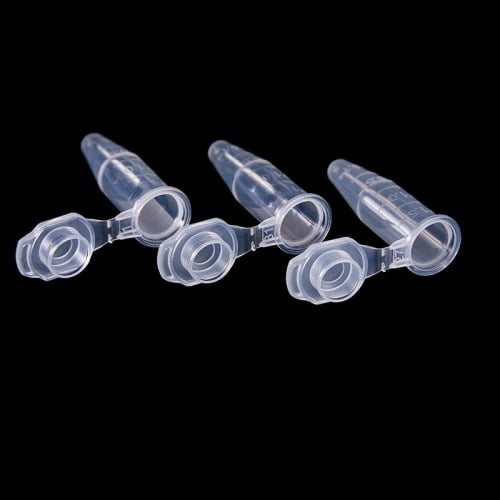
PCR tubes ensure that all of these reactions occur in a sterile, temperature-controlled environment, allowing researchers to produce accurate and reliable data.
Conclusion
The PCR tube is an indispensable tool in modern molecular biology, facilitating precise DNA amplification necessary for a wide array of scientific research and medical diagnostics. Designed to withstand the rigorous thermal cycling of PCR, these tubes ensure the integrity of each reaction, preventing contamination and promoting accurate results.
As PCR continues to play a critical role in fields ranging from genetics to infectious disease detection, the humble PCR tube remains a vital component in laboratories worldwide.
FAQs
What is the function of a PCR tube?
A PCR tube holds the reaction mixture used in PCR, enabling the amplification of specific DNA sequences through thermal cycling.
Why are PCR tubes made of polypropylene?
Use polypropylene because its chemical inertness and excellent thermal conductivity make it crucial for the heat transfer required during PCR.
Can you reuse PCR tubes?
No, PCR tubes are typically single-use to prevent cross-contamination and ensure the accuracy of the PCR process.
What size PCR tubes are most commonly used?
The most common PCR tube size is 0.2 mL, although other sizes are available depending on the sample volume.
How do PCR tubes prevent contamination?
Manufacturers produce flat top PCR tubes under sterile conditions and design them with DNase- and RNase-free surfaces and tight-fitting lids to minimize contamination and evaporation.

